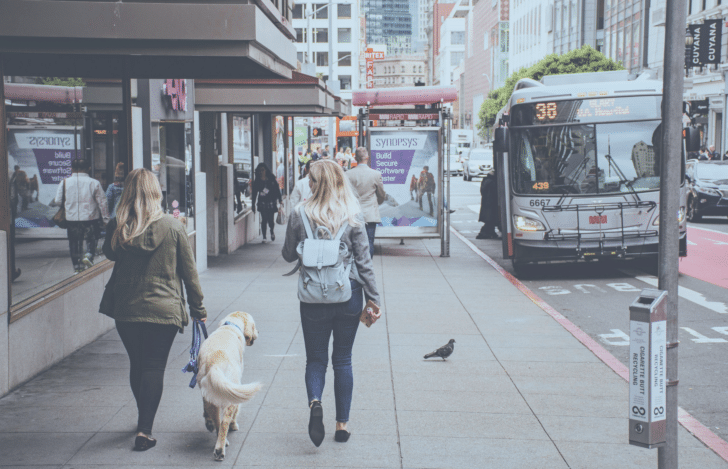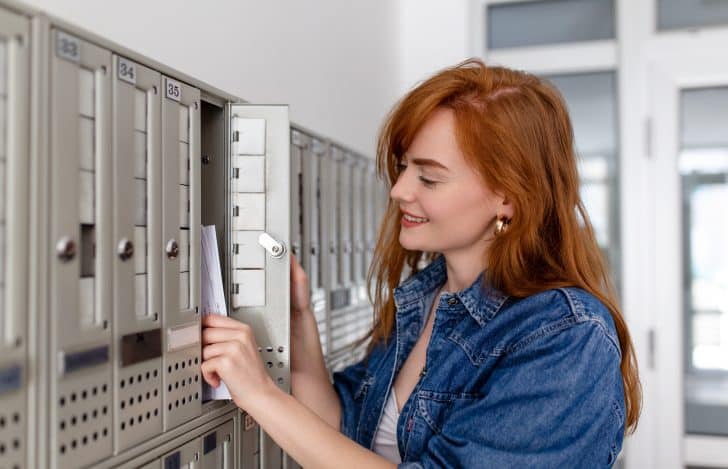Top 3 Tips For Getting Your Security Deposit Back

08Oct
Top 3 Tips For Getting Your Security Deposit Back
When you become a renter, you almost always have to pay a security deposit to the landlord before you move in. This payment is used to cover unpaid rent, reasonable cleaning costs and costs for repairing any damage (beyond the "normal wear and tear") that you, your guests, or your pets made to the property.
Although this seems straight forward, there are many instances where a renter doesn't get back their security deposit or only gets a portion of it. However, there are a few simple things that you can do to help ensure the return of your money when it’s warranted.
How to Get Your Security Deposit Back
- Be Proactive about Cleaning and Repairs: There are actions to take during every stage of your tenancy to help increase your chance to retain all of your cash:
- When you first move in, take pictures and make a video walkthrough. Because a landlord can't use your security deposit to pay the costs for earlier damage, the photos and video can serve as important proof of the conditions of the property before you moved in.
- When you move out, repeat the pictures and video process; this will show that you didn't damage the property if that becomes an issue.
- Before you move in and during your tenancy, record and keep all correspondence with your landlord/project manager about any repairs in your unit. If there are any issues with your landlord's failure to repair, then you can look into suing them.
- Look over your lease and be in compliance with everything that is states.
- Be aware of your landlord's specific expectations for cleaning and make sure to follow them both during your tenancy and also when you clean the space upon your move out.
- While you're doing your move out cleaning, be sure to leave items that came with the unit behind and return keys, garage door openers, and security cards.
- Make a Clear Move out Plan: The move-out plan involves conveying important information to your landlord. Give them at least a 30-day notice using certified mail, email or however it is specified in your lease. If you don't give proper notice, then you could end up owing additional rent, which can be deducted from your security deposit. Additionally, you should give your landlord a written forwarding address.
- Request an Inspection: Under California state law, your landlord is required to give you written notice of your right to an inspection; then if you request it, they must carry on the inspection within the last two weeks of your tenancy. You will have the chance to fix any of these issues before you move out and your landlord can only deduct for problems that aren't fixed by then.
If you've followed the terms of your lease and have kept your place in good condition, you likely won't have any problems getting your deposit returned to you.
Related Posts You Also May Like
Get Started
For more information or to discuss your legal situation, call us today at (415) 649-6203 for a phone consultation or submit an inquiry below. Please note our firm can only assist tenants residing in San Francisco, Oakland & Berkeley.





